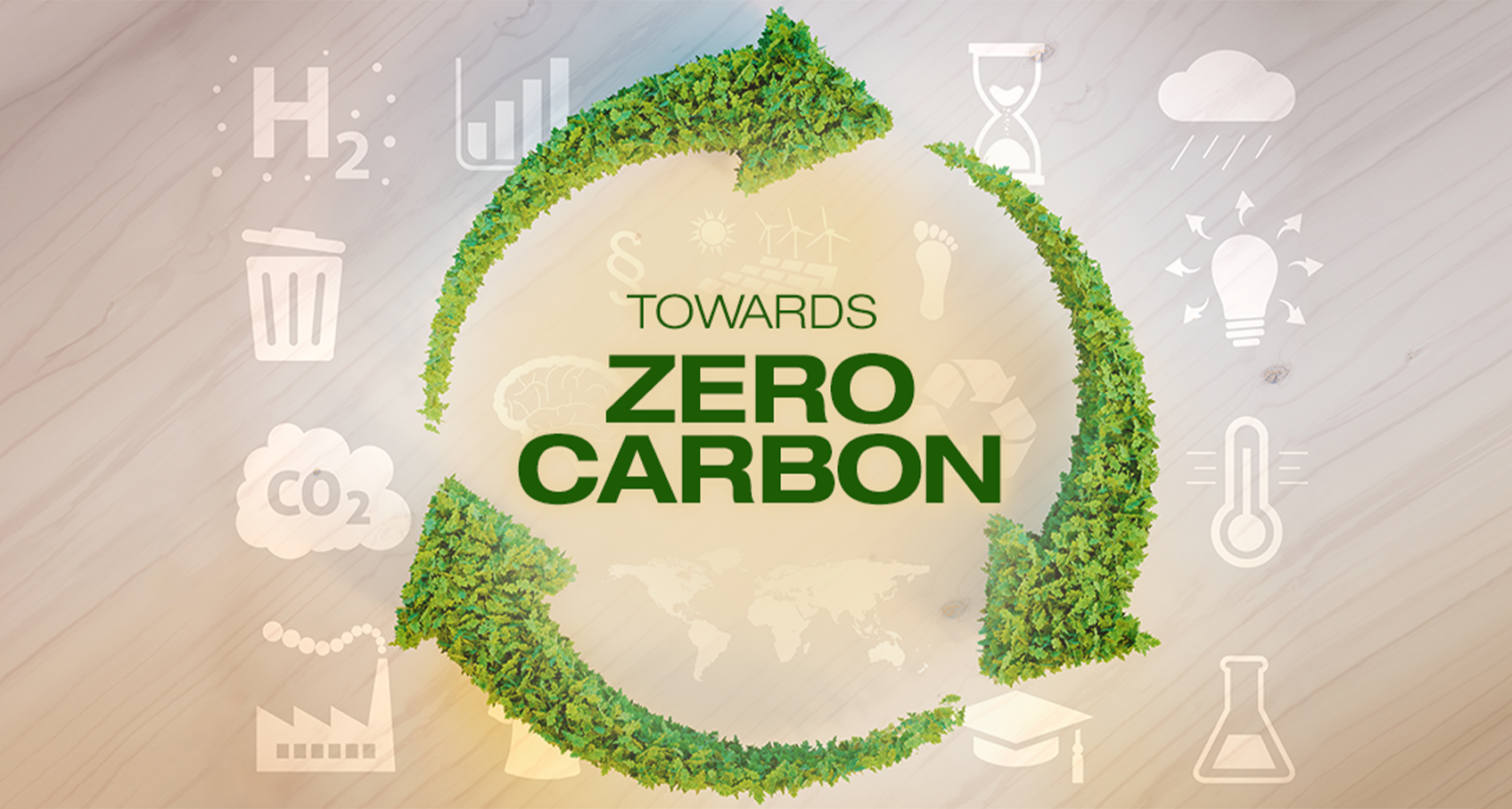
By Anup Bandivadekar and Megha Kumar
India has made a net zero pledge and committed to carbon neutrality by 2070. This is an important goal; the European Union, China, and the US have all made similar commitments. But there’s also a more immediate and specific question for India today, which is: What is the game plan for achieving decarbonisation from various high-emitting sectors of the economy?
In a recently-concluded research at the International Council on Clean Transportation (ICCT), we sought to answer this question for the road transport sector, one of the fastest growing emission sectors in India.With no further policy intervention, a business-as-usual (BAU) scenario would result in a threefold rise in road transport’s energy consumption and emissions in the next three decades. But there’s good news: Our analysis shows that with strong policy actions, it is possible to reduce CO2 emissions to half the present level by 2050. This possibility is despite the travel demand more than doubling by then. As the Intergovernmental Panel on Climate Change (IPCC) is focused on carbon neutrality by 2050, we used that timeline for our research.
Policy actions
Among the various potential policy interventions, the most emission reduction benefit comes from vehicle electrification along with grid decarbonisation and fuel efficiency improvement in internal combustion engine (ICE) vehicles. Together these can lower emissions by about 80% in 2050 compared to the BAU scenario. Other interventions like mode shift from private vehicles to public transport and freight mode shift from road to electric rail also play big roles.
With strong policy actions, it is possible to reduce CO2 emissions to half the present level by 2050. This possibility is despite the travel demand more than doubling by then~
From our work, we see the key interventions as fitting into four categories:
1. Aggressive vehicle electrification and grid decarbonisation: Aim at electrifying 75% of new two-wheelers and three-wheelers, 30% of cars and light commercial vehicles, and 10% of medium and heavy-duty vehicles by 2030. Then increase the electrification level to 100% of new sales of two-wheelers, three-wheelers, cars, and light-duty vehicles, and to over 90% for medium and heavy-duty vehicles, by 2050. Electrification could be fast-tracked through adopting zero-emission vehicle (ZEV) mandates, which make it binding on manufacturers to ensure that a certain proportion of their sales are ZEVs. Continuing government support in the form of fiscal incentives for manufacturers and consumers through schemes like Faster Adoption and Manufacturing of (Hybrid &) Electric Vehicles in India (FAME) and Production Linked Incentive (PLI) scheme will also remain important till the time electric vehicles (EVs) become mainstream.Grid decarbonisation is complementary to deployment of EVs. Another recent study by ICCT found that aggressive vehicle electrification and grid decarbonisation could help avoid about 70,000 premature deaths due to air pollution in 2040, in line with approximately USD 80 billion (2020) savings due to avoided health costs.
2. Tightened vehicle fuel efficiency standards: More stringent standards force manufacturers to produce cleaner vehicles and these are usually EVs, because manufacturing EVs is often more cost-effective than improving the current ICE technology. Making strong and continued improvement in fuel efficiency will not only reduce CO2 emissions, but also significantly reduce India’s oil import bill. The existing standards should be tightened for both passenger and heavy-duty vehicles and it breaks down as follows:
For passenger vehicles, the target is to reach 62 gCO2/km by 2030 and 23 gCO2/km by 2035 from the currently adopted standard of 113gCO2/km for 2023. For two-wheelers, establish the first standards and target lowering the current fleet average from38 gCO2/km to 25gCO2/km in 2025 and to12.5 gCO2/km in 2030. In the case of light-duty trucks, the standards should be set at 84.5gCO2/km in 2030 and 11.2 gCO2/km in 2035 from the current average of around 151.4gCO2/km. For buses, the target should be to reach 315gCO2/km in 2030 and 17.4 gCO2/km by 2050 from the current fleet average of 403gCO2/km. For heavy-duty trucks, the target is to reach 473gCO2/km in 2030 and 38gCO2/kmin 2050 from the current fleet average of 698gCO2/km. (Note that these efficiency values take into account only the downstream emissions from both the ICE and EVs.)
3. Investment in and expansion of public transport: Public transport shares are expected to fall if no action is taken to retain riders and promote additional use. Improving the share of buses in particular will not only yield emission reduction benefits, but would also create co-benefits like improved air quality, lower congestion, and equitable use of road space. To ensure a shift to public transport, cities will need to implement car and two-wheeler ownership and use restraint strategies and improve and expand the available public transport services. Stringent parking norms, low-emission zones, vehicle mileage tax, and car license plate lottery policy are some of the measures that could be employed as vehicle use and ownership restraint measures.
4. Shifting freight movement from road to rail: Moving freight by electric railways is not only cleaner than by trucks, but it can offer huge savings by improving logistics efficiency. The government should accelerate its efforts to improve railway capacity and inter-modal integration among road, rail, and waterways.
We found that shifting just10% to 20% of travel demand from cars and two-wheelers to buses and 10% to 20% of freight activity from heavy-duty trucks to rail could yield 5% additional emissions reduction over the 80% reduction from vehicle electrification and fuel efficiency improvements in 2050.
Clearly India has the potential for substantial emission reductions from road transport. Because this can be done with a known set of technology and policy interventions, the need of the hour is to frame national-level policy targets and make an action plan for achieving decarbonisation from this key sector.
(Dr Anup Bandivadekar is Programme Director at Indian Council for Clean Transportation (ICCT) and Ms Megha Kumar is a researcher there.)
Also Read:
















